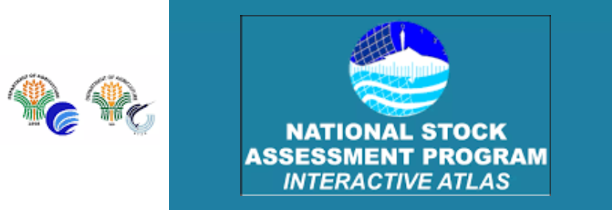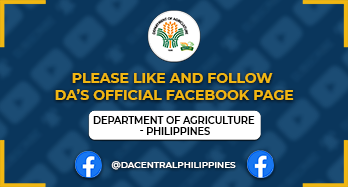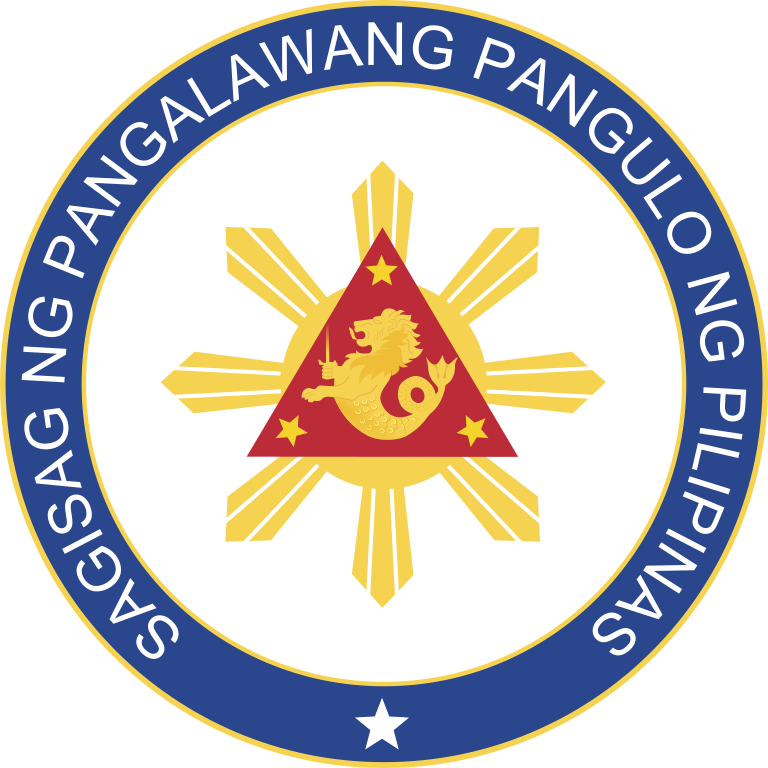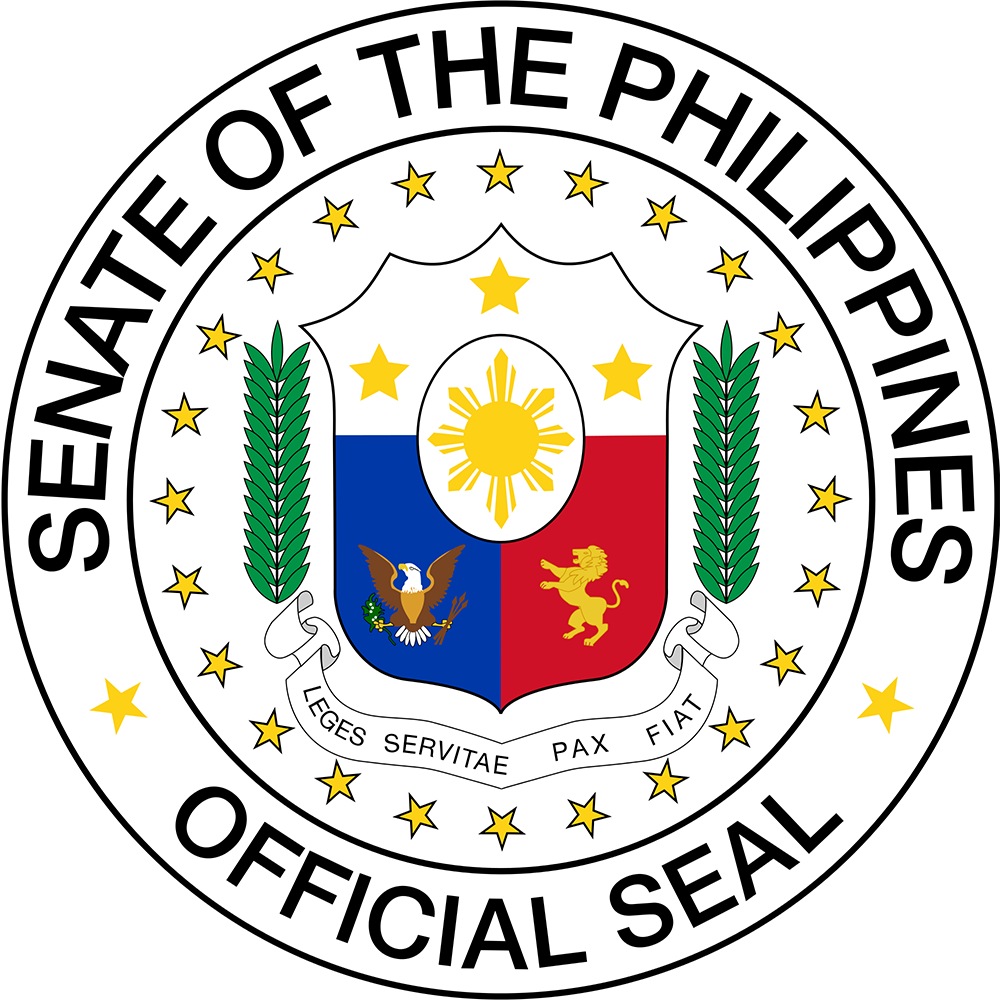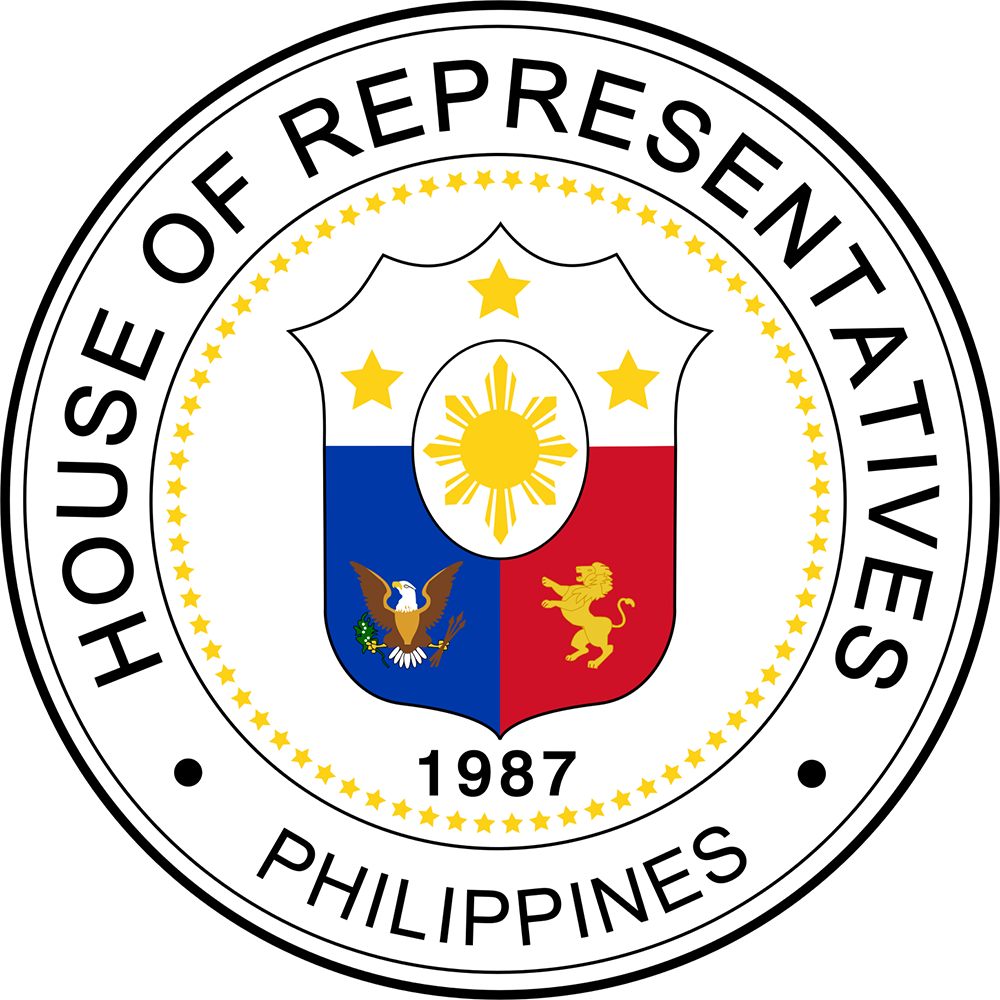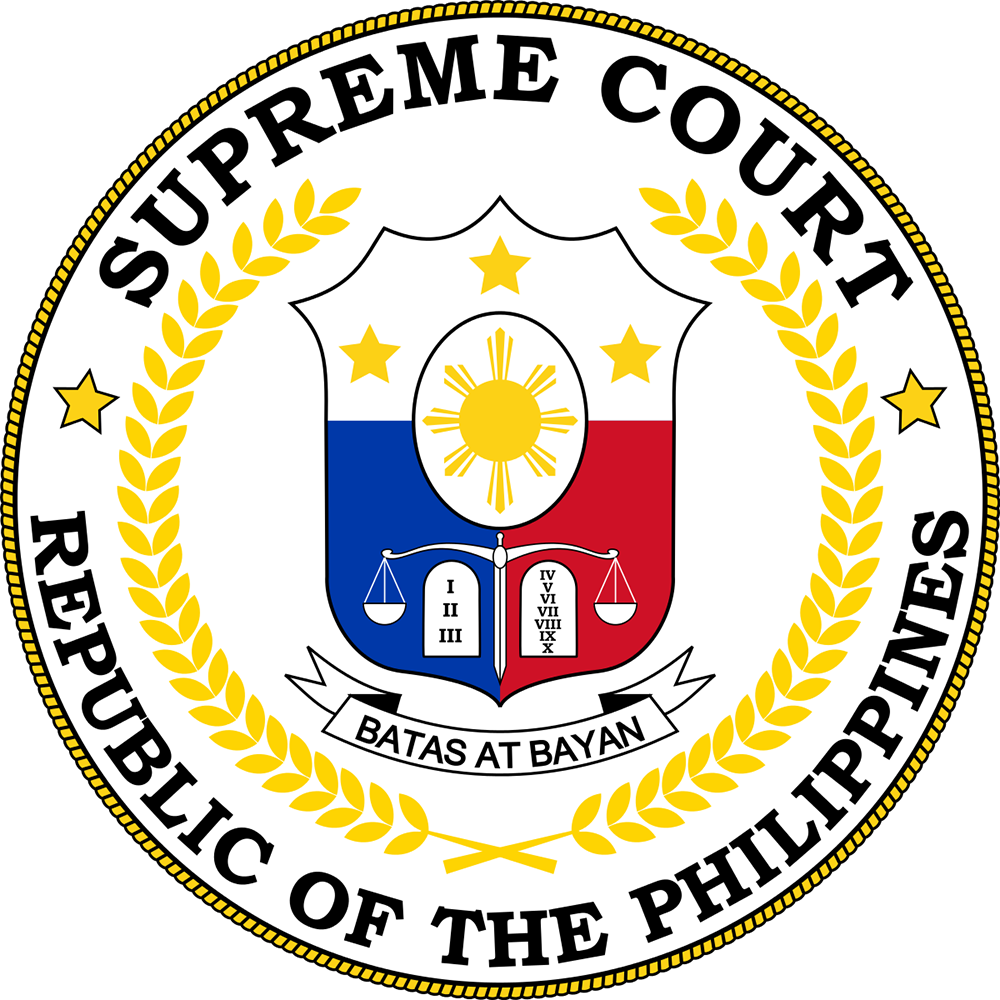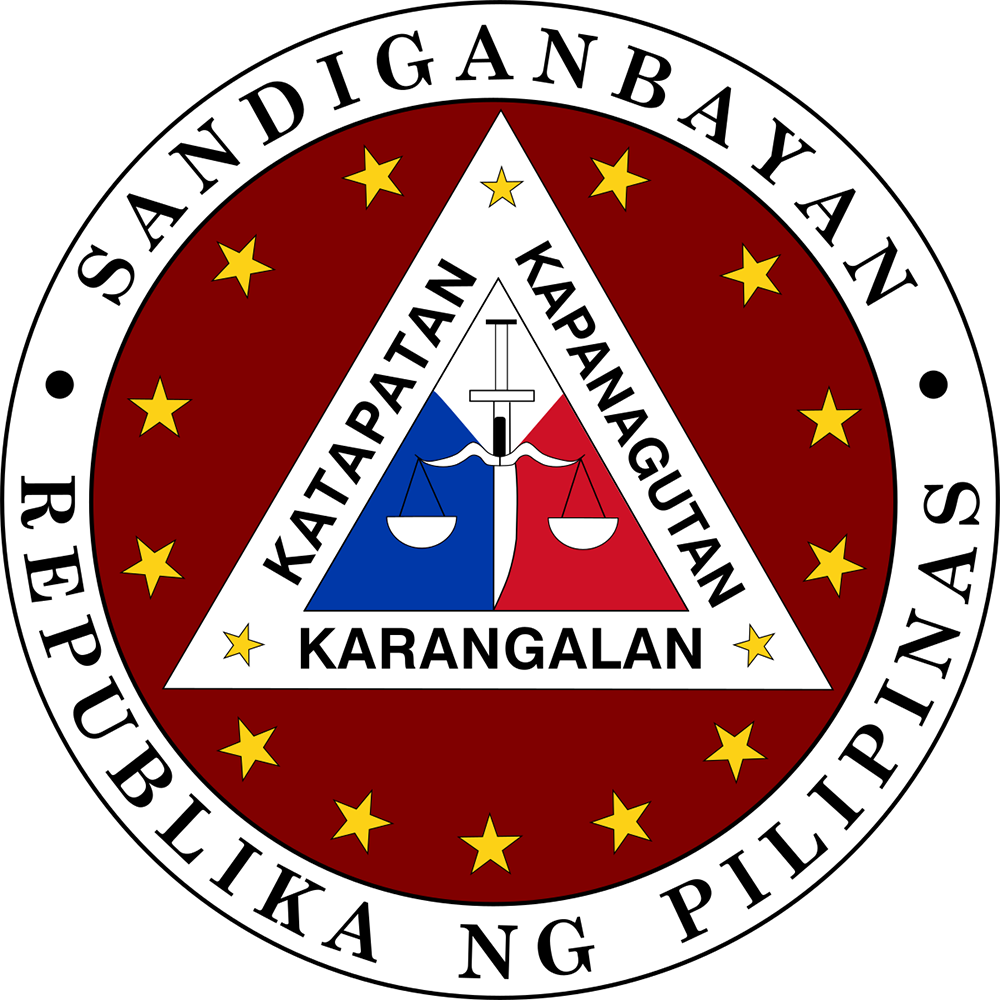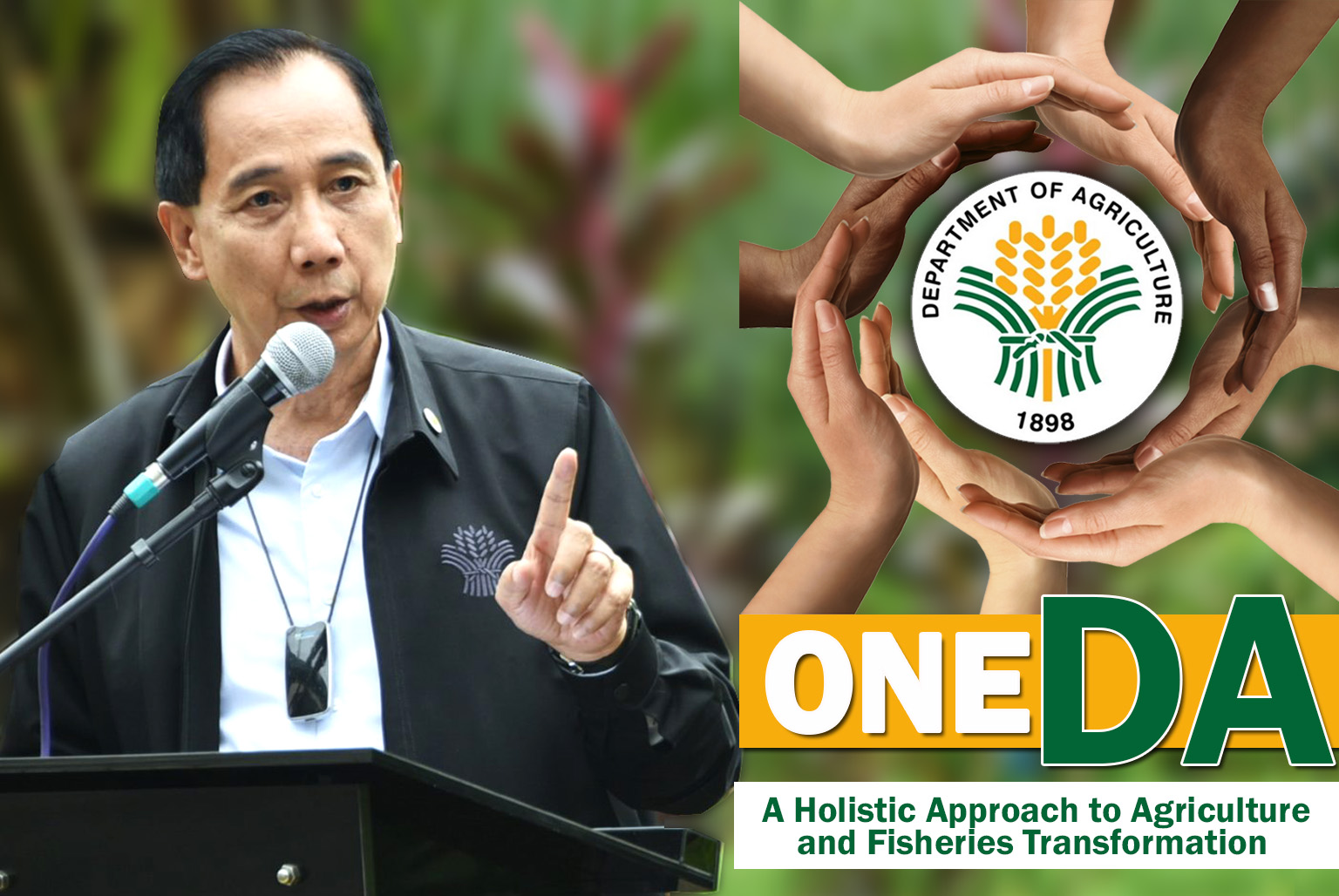
Twelve key strategies will guide the Department of Agriculture (DA) in pursuing major programs and activities for the current year, and pave the way to attain a modest agriculture sector growth of 2.5 percent.
Agriculture Secretary William Dar issued a memorandum on January 4, 2021 to all DA executives, attached agencies and corporations, programs, and regional offices to “pursue an inclusive approach on these key strategies to accelerate the transformation towards a modern and industrialized Philippine agriculture.”
In his directive, Dar said it is imperative that “we in the DA support President Duterte’s priority programs and firm up our ‘One DA’ approach as we pursue our critical strategies for 2021.”
“We will vigorously pursue an inclusive approach that will cut across the strategies and involves setting up of safety net measures such as cash assistance, subsidized credit and crop insurance to directly benefit resource-poor farmers and fishers through our flagship ‘Plant, Plant, Plant’ program,” Secretary Dar said.
“Our first strategy features farm clustering, aimed at establishing ‘Bayanihan agri clusters’ or BACs, where we will effectively integrate support services from the local and national governments for better resource management,” he added.
Partnerships with local government units (LGUs) will also be encouraged by implementing the Province-led Agriculture and Fisheries Extension System (PAFES). The program — which involves providing support to develop one high-potential commodity for every province—is already being piloted in Ilocos Norte, and thereafter followed by one PAFES per region.
Agri-industrial Business Corridors (ABCs) will be another inclusive approach to be undertaken by the DA this year. Like the ones being pioneered in Clark and Taguig, the ABCs will be established to serve as inter-regional and trans-national agri-based economic activities.
“These hubs will help elevate Philippine agriculture and fisheries from resource-dependent to industrialized to inclusive and sustainable agri-industrial development,” said Secretary Dar.
Infrastructure investments like farm-to-market roads, trading posts, fish ports, as well as post-harvest processing and cold chain facilities will be mapped out and must consider supply, markets, and climate change impacts.
Lessons resulting from the quarantine lockdowns last year highlighted the need for the agriculture sector to strengthen post-harvest and processing, logistics and marketing support.
Secretary Dar said the DA will implement a more pro-active guidance on production schedules and monitoring supply from local production to avoid oversupply, post-harvest wastage, and depressed farmgate prices.
“This supply management and monitoring shall be complemented with active engagement with traders for more timely import arrivals and the strengthening of the “Bantay Presyo Task Group” and the Anti-Smuggling Task Group,” said Dar.
To realize DA’s “Agriculture 4.0” agenda, digital agriculture strategies will also be implemented. These include accelerating the completion of the National Farmers and Fishers Registry System, upscaling e-Kadiwa and using satellite technology to expand crop insurance coverage and estimates on crop damages and losses resulting from natural disturbances.
“We shall also harness ICT-enabled advisory services and vessel monitoring systems to effectively connect farmers and fishers in the regional/global agricultural value chain. We will continue mainstreaming PRISM as a tool to effectively manage and monitor rice production (area planted, planting dates, crop damage, production, etc.) and expand this to other crops,” said the DA chief.
The Department will also pursue the implementation of climate change adaptation and mitigation measures to involve provincial and regional climate risk maps and climate vulnerability assessments. These will be used to assist DA in deploying climate-smart varieties and promote other management practices, as well as allow farmers to adjust planting schedules.
The Department will also work on mobilizing and empowering partners to attain economies of scale, including working closely with LGUs under the PAFES framework and with the League of Provinces.
Programs and projects are also being lined up in accordance with directives on ease of doing business, pursuing global trade, and export development and promotion, as well as shoring up food safety and regulations.
The DA chief has also directed the department’s communications team to hold information and education campaigns, in close coordination with bureaus, attached agencies, and corporations.
“We need to effectively communicate what we are doing and want to do, including possible threats, opportunities, and trade-offs,” he said.
“The above strategies’ overall objective is to modernize and industrialize Philippine agriculture’s value chains in an inclusive way to enhance productivity, uplift rural people from poverty, improve livelihoods and increase farmers’ income, so everybody—the DA family, officials and staff, farmers, fishers, partners, other stakeholders, and the public—can harvest the fruits of our shared success,” concluded Secretary Dar. ### (DA StratComms)
Download ONE DA Powerpoint ONE DA Powerpoint

